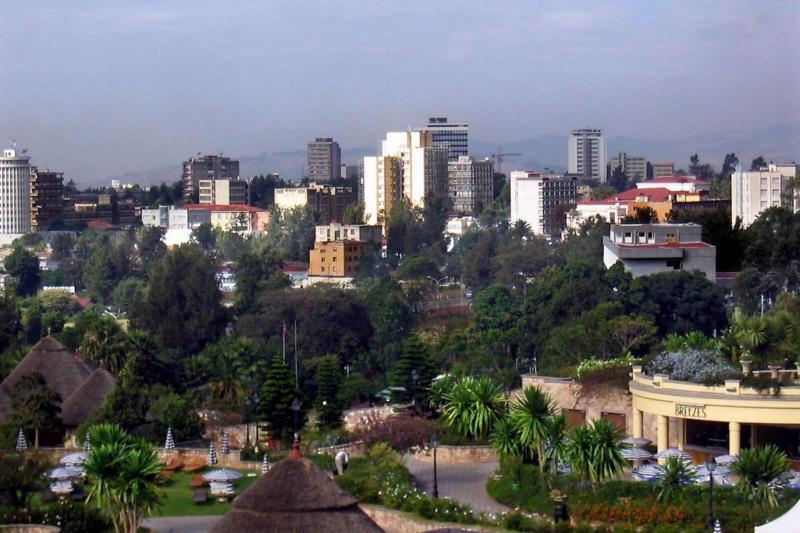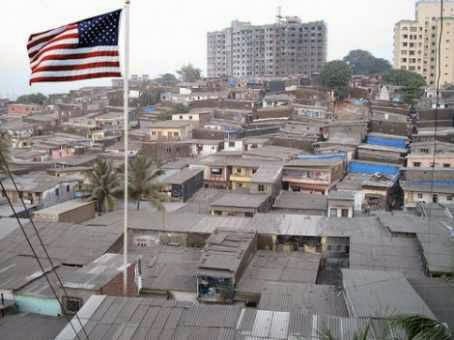Having set up the police, army, civil service and judiciary on African soil, the colonising powers were then in a position to intervene much more directly in the economic life of the people than had been the case previously. One major problem in Africa from a capitalist viewpoint was how to induce Africans to become labourers or cash-crop farmers. In some areas, such as West Africa, Africans had become so attached to European manufactures during the early period of trade that, on their own initiative, they were prepared to go to great lengths to participate in the colonial money economy. But that was not the universal response. In many instances, Africans did not consider the monetary incentives great enough to justify changing their way of life so as to become labourers or cash-crop farmers. In such cases, the colonial state intervened to use law, taxation and outright force to make Africans pursue a line favourable to capitalist profits.
When colonial governments seized African lands, they achieved two things simultaneously. They satisfied their own citizens (who wanted mining concessions or farming land) and they created the conditions whereby landless Africans had to work not just to pay taxes but also to survive. In settler areas such as Kenya and Rhodesia the colonial government also prevented Africans from growing cash-crops so that their labour would be available directly for the whites.
One of the Kenya white settlers, Colonel Grogan, put it bluntly when he said of the Kikuyu: ‘We have stolen his land. Now we must steal his limbs. Compulsory labour is the corollary of our occupation of the country.’
In those parts of the continent where land was still in African hands, colonial governments forced Africans to produce cash-crops no matter how low the prices were. The favourite technique was taxation. Money taxes were introduced on numerous items – cattle, land, houses and the people themselves. Money to pay taxes was got by growing cash-crops or working on European farms or in their mines. An interesting example of what colonialism was all about was provided in French Equatorial Africa, where French officials banned the Mandja people (now in Congo Brazzaville) from hunting, so that they would engage solely in cotton cultivation. The French enforced the ban although there was little livestock in the area and hunting was the main source of meat in the people’s diet.
Finally, when all else failed, colonial powers resorted widely to the physical coercion of labour – backed up of course by legal sanctions, since anything which the colonial government chose to do was ‘legal’. The laws and by-laws which peasants in British East Africa were required to maintain minimum acreages of cash-crops like cotton and groundnuts were in effect forms of coercion by the colonial state, although they are not normally considered under the heading of ‘forced labour’. The simplest form of forced labour was that which colonial governments exacted to carry out ‘public works’. Labour for a given number of days per year had to be given free for these ‘public works’ – building castles for governors, prisons for Africans, barracks for troops, and bungalows for colonial officials. A great deal of this forced labour went into the construction of roads, railways and ports to provide the infrastructure for private capitalist investment and to facilitate the export of cash-crops.







